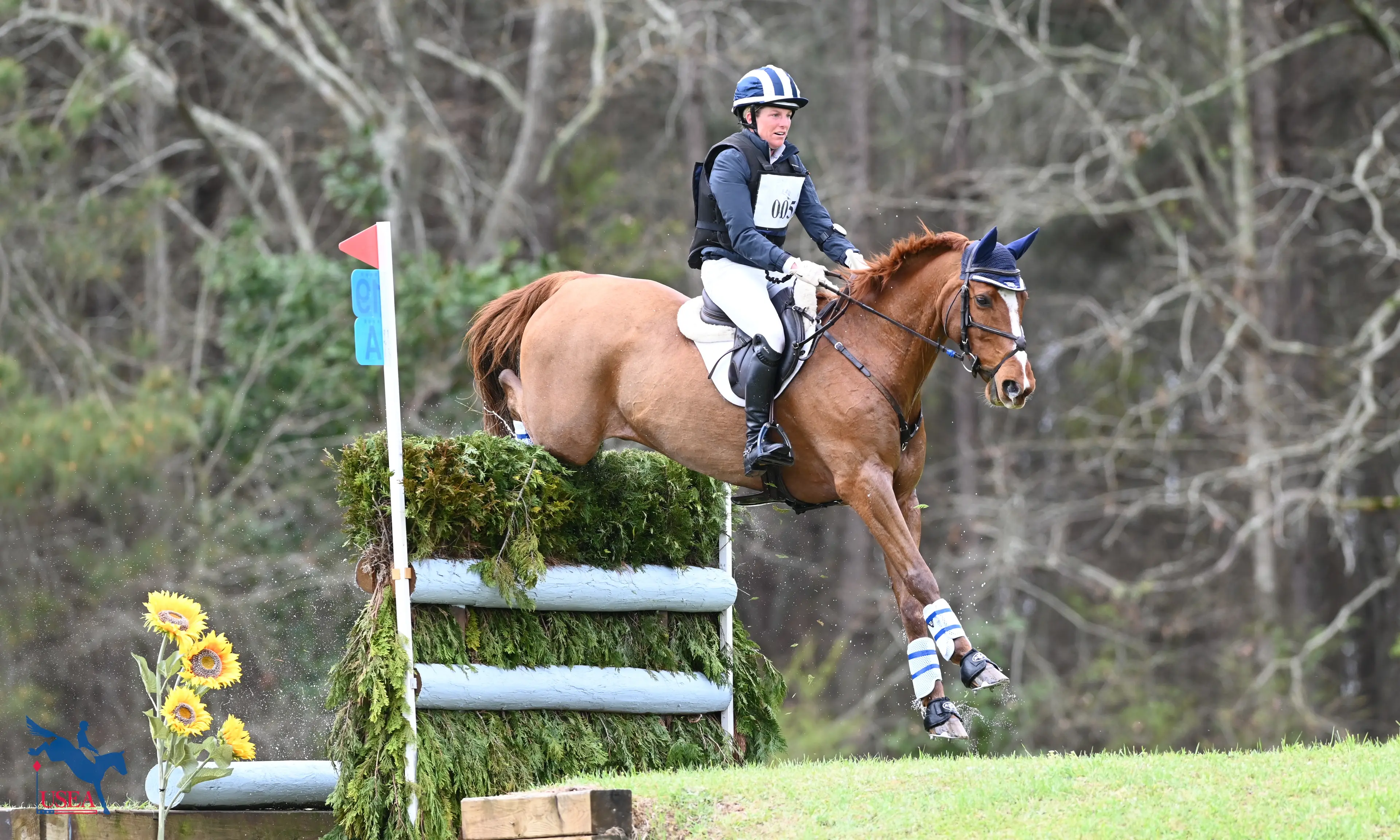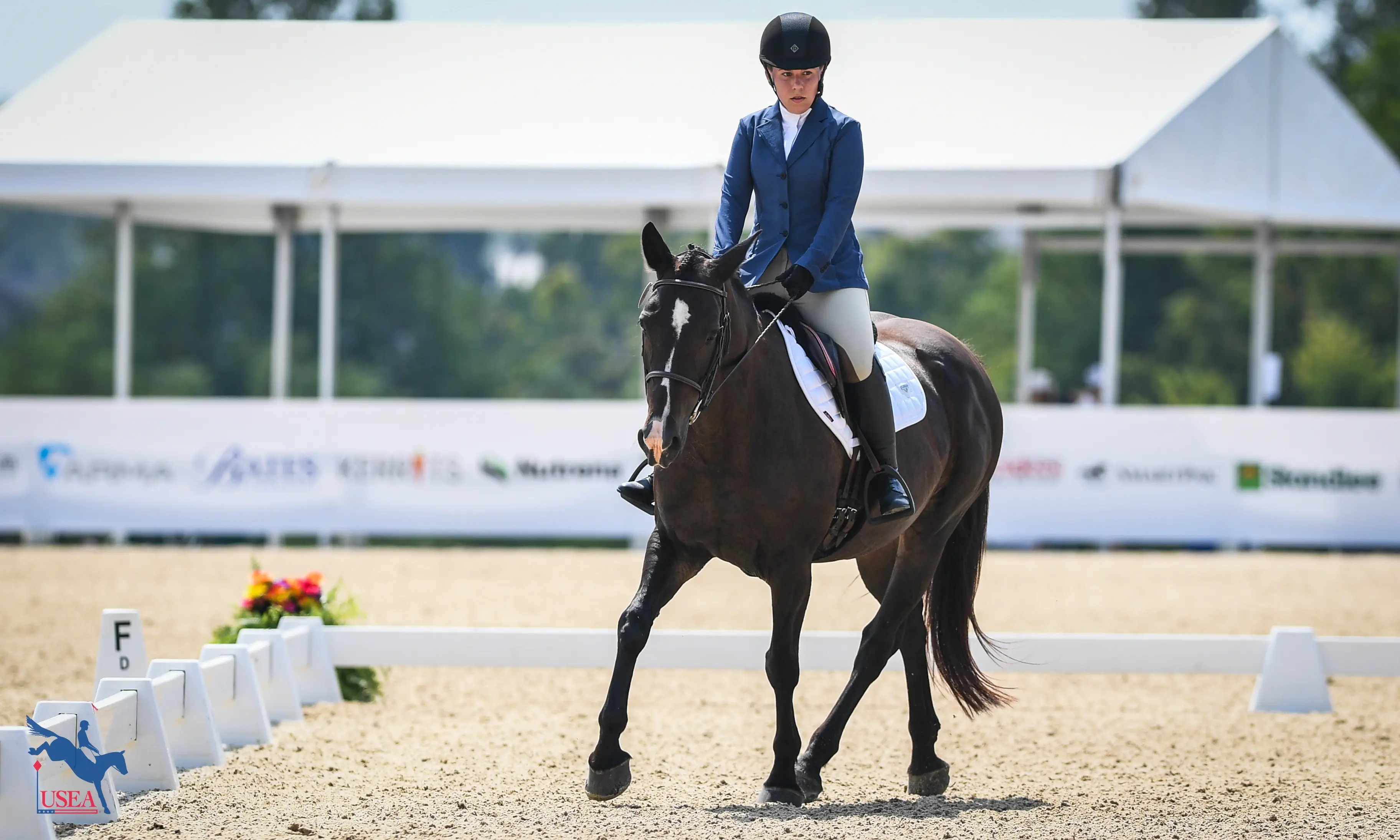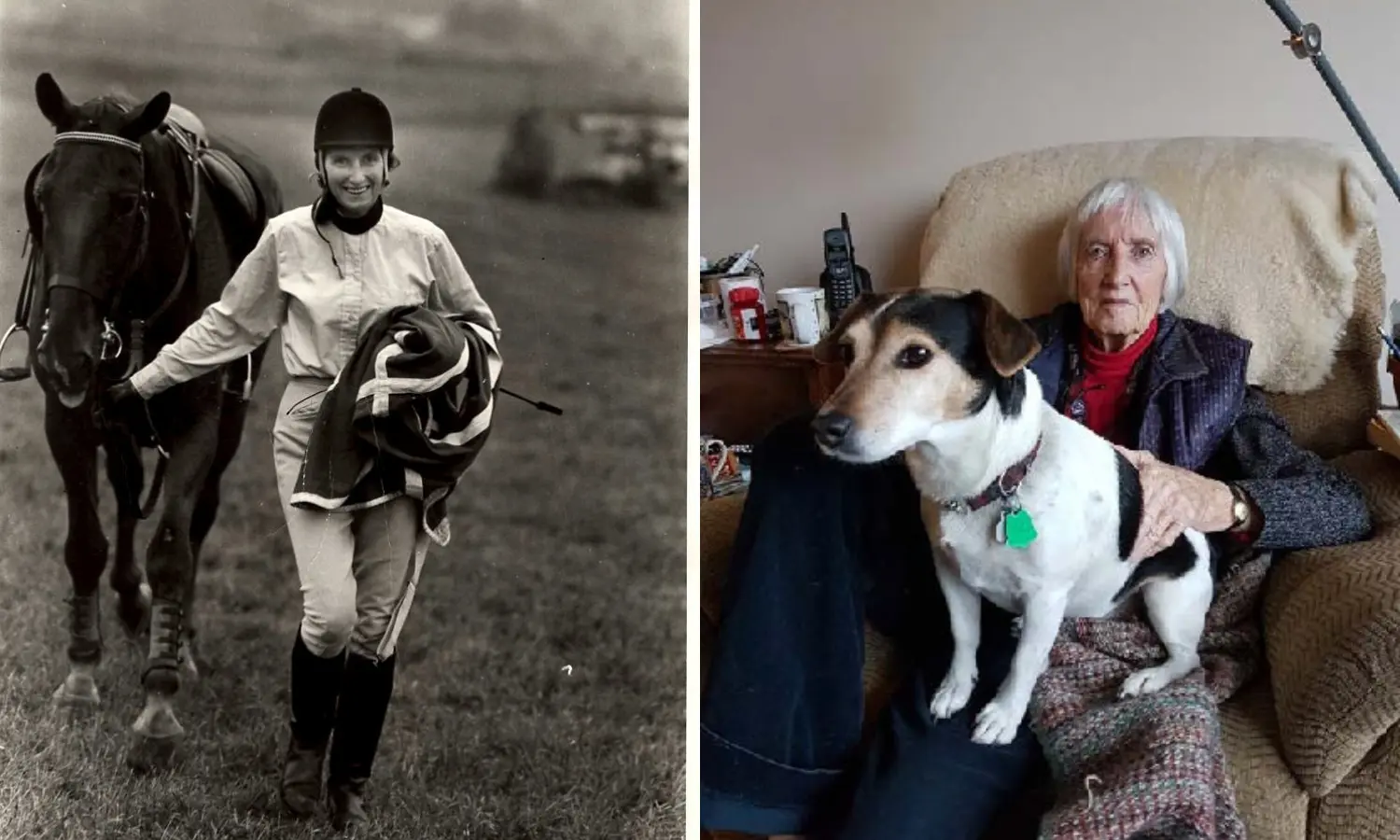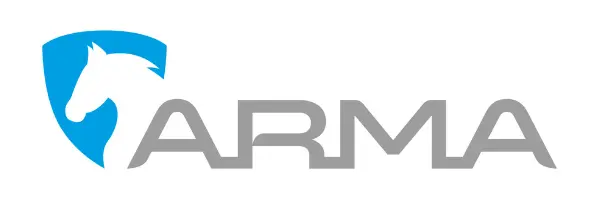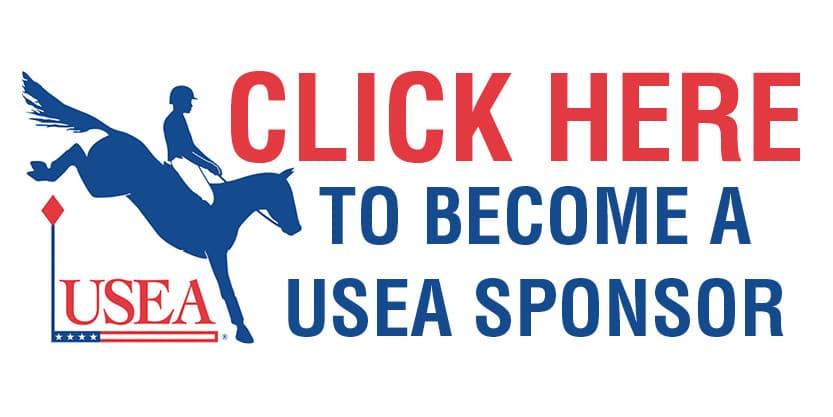What to Look for in a Young Event Horse with Event Rider, Trainer and Breeder, Packy McGaughan

The Young and Future Event Horse article series is being provided through a partnership between Mythic Landing Enterprises, LLC., and the USEA.
Packy McGaughan has achieved many accolades in the Eventing world as both a successful rider and trainer. He began his career as a young rider in the late 1970s and early 80s, and he went on to compete at the North American Young Rider Championships. He then earned a team gold medal at the 1987 Pan American Games in Eventing and graduated from the USET Rider in Residence program. A popular trainer in Area II, Packy has trained two National Young Rider Three-Day Champions and has trained many notable upper-level event riders including Matt Flynn, Lillian Heard and Daniel Clasing.
When selecting a future or young event horse for one of his students, Packy first and foremost considers the rider that is going to be purchasing the horse. “I always consider that person's lifestyle, body type and the type of horse that they can realistically handle,” Packy explains. It’s important to distinguish the difference between an ambitious junior looking to move-up the levels and an adult amateur rider that is looking for something a bit more laid-back that will still be competitive.
When arriving to the farm to try out a horse with one of his students, Packy has a checklist in mind that he always goes through. “I’m looking for good, basic conformation and if anything catches my eye in a negative way, that’s a big red flag for me. The horse doesn’t have to be a spectacular moverm\, but it can’t have basic conformational flaws.”
Packy continues, “After looking at a horse on the ground and evaluating their conformation I’m now looking for three good gaits. Again, nothing needs to be super expressive but their walk needs to be decent. I’m also continually evaluating the horse’s personality while they’re being shown. For one of my junior or amateur riders, I want the horse to be clever but also submissive and quiet. If they react badly to anything while my students are trying them, I will then proceed cautiously throughout the rest of the showing process.”
An important piece of advice for riders that are looking for their next talented mount is to not go out shopping for a horse that a professional might want to consider purchasing. Packy explains, “It’s never a good idea to encourage amateurs and young riders to look at a horse that William Fox-Pitt will be riding around at Rolex next year. To select that ‘starter-kit’ isn’t the smartest route and the rider will most likely be over-faced.”
The process of purchasing a young event horse to bring up through the levels can be a daunting one and it may take many different trips out to many different barns to find your perfect fit. Packy suggests, “Look for a horse that is sweet, appreciates human beings and makes good choices. Amateurs, juniors and young riders should be looking for a horse that is born quiet and simple. Packy continues, “Amateurs and juniors should look for a horse that is already jumping under tack and has been taken to local shows, which usually means that the horse will be no younger than 4-years-old. I want to be certain that the horse has the jumping ability required to move-up the levels and is settled away from home.”
For most riders, the particular breed of the horse isn’t the number one priority, but there are some things to consider when you’re looking at various types.
“If I’m looking at a younger Thoroughbred, I’m aware that it takes them a little bit longer to develop into using their backs correctly as opposed to Warmbloods on the flat. I want to make sure that their conformation is basically correct. The Thoroughbreds do mature quickly and they’re very brave and sturdy, which is important to consider.”
At the end of the day, Packy suggests that no matter what level of rider you are, if you’re in the market for your next Eventing partner, that you make sure they come complete with a good brain, are trainable and forgiving. That is the recipe for a fun and safe trip around any event!
For more information about Packy and his program, please visit his website at http://www.bcfsporthorses.com/

